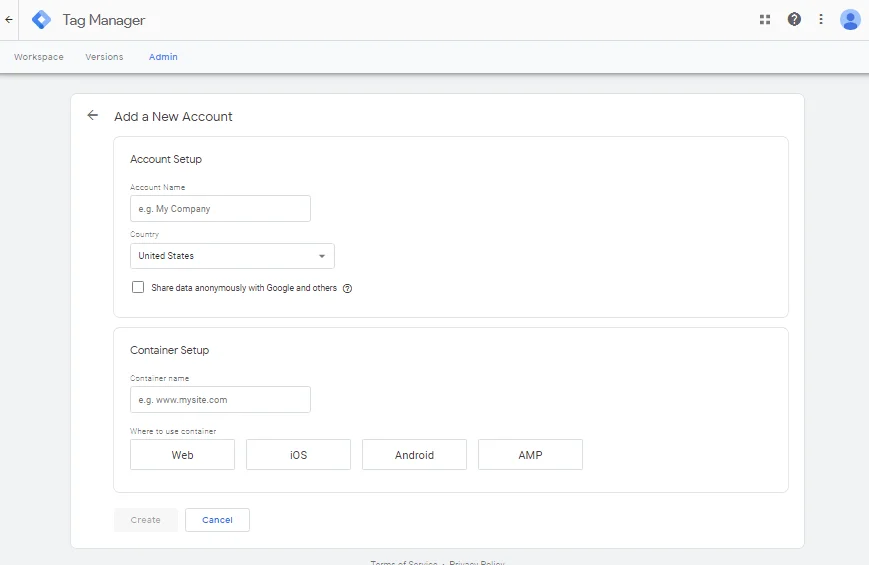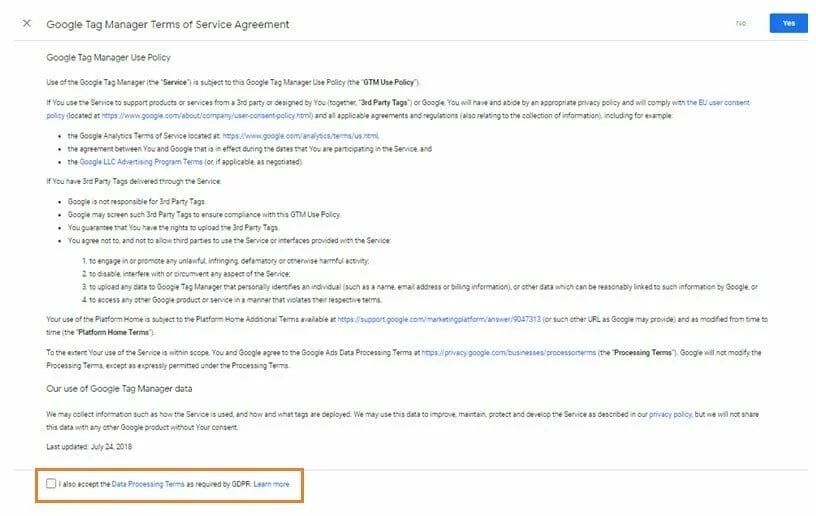What is Google Tag Manager?

By Kelvin Sim
Google Tag Manager (GTM) is a free tag management platform by Google. This platform enables website owners to deploy and track marketing data by adding and editing snippets of custom or templated code called tags to their website/apps. Using your Google Tag Account, you can rapidly add, remove, or change the tags of your website, making you agile when it comes to online marketing decisions. GTM is capable of accepting a variety of codes including the Tracking Code from Google Analytics (GA). This will be covered further down in this blog post.
Top 3 Benefits of using GTM
1. GTM eliminates the hassle of hard coding tags
Prior to GTM you would need a developer to add, edit or remove a tag. This process is now simplified with a few simple steps through GTM’s user-friendly interface. You can implement most of what you need using predefined tags provided by GTM.
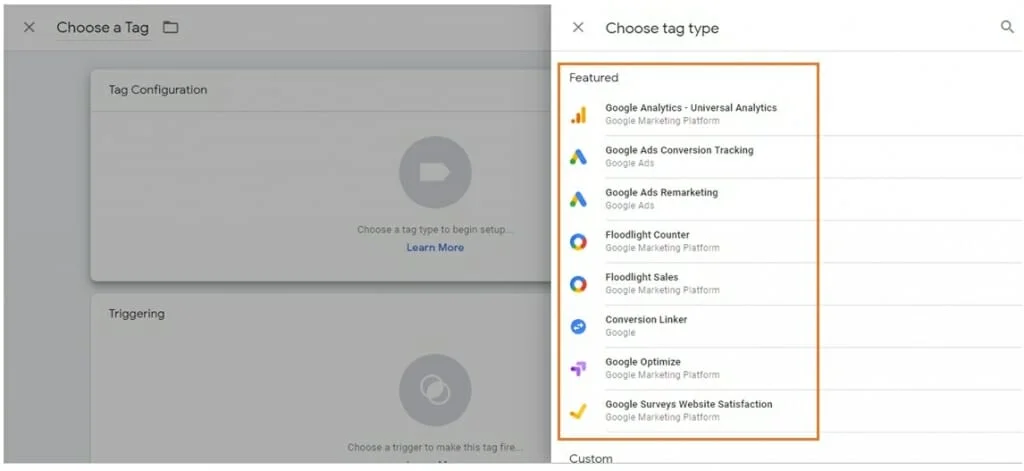
The implementation of more complicated types of tags will require some baseline familiarity with HTML, CSS and JavaScript, however, there are numerous documentations, guides and tutorials available from both Google and third parties throughout the web.

GTM’s simplicity eliminates tedious code-editing task for your website. This tool is designed to streamline tag management without the need to bother the website development team to implement tracking to one or more pages on your website.
2. GTM enables businesses to move faster
As your business grows, you are likely to require additional tools and new insights to reach a larger market and improve your on-site experience. This may require adding more tags to your website.
As previously mentioned GTM allows you to implement tags in a cost-efficient and reliable approach. GTM enables you to manage all types of tracking code from an interface separate from the one where you handle the source code.
GTM allows you to perform the same task that used to take days or even weeks in a matter of minutes. It comes with an array of built-in tags and functions that enable you to implement advanced tracking in a short window of time. Therefore, the process of implementing a tracking code to your website does not require you to go through developers to change what you want to track and ultimately streamlines this internal activity allowing your business to move faster when implementing new marketing campaigns.
3. GTM can boost the site speed
Google has indicated site speed is one of the signals used by its algorithm to rank pages. Therefore, a slow page speed means that search engines can crawl fewer pages using their allocated crawl budget, and this could negatively affect your indexation.
Page speed is also important to user experience. Pages with a longer load time tend to have higher bounce rates and lower average time on page. Ultimately having negative affect on website conversion.
GTM tags are deployed asynchronously. Asynchronous loading is the process by which pages load certain elements before moving on to others. This method means that those elements towards the top of a page can be loaded first, allowing users to peruse them while the other elements continue to load. This helps present your users with a fast experience that keep them on your site and improve conversion rates.

Is this the same as GA?

GA is a web analytics service offered by Google. GA can generate reports and statistics about your website by implementing a HTML code known as a GA Tracking Code.
![]()
Before GTM was available, in order to track your website’s data you would have to insert a GA Tracking Code into the content management system (CMS) of your website and into the source code. Depending on the CMS that your website is using, this can be a very tricky process if you do not have a web developer background.
However, GTM has simplified this process: All you need to do is insert one set of coding from GTM, and then you can use a user friendly backend to insert the GA code.
So is GTM the same as GA? No. Instead the two works harmoniously to give you an easy-to-manage and flexible system of tracking various analytics.
And now, please find out how to set up GTM and integrate GA below:
How to set up GTM and integrate GA
If you use GA, getting started with GTM won’t be that difficult. Here’s a basic step-by-step guide to setting it up on your website.
Step 1 Create a Google Tag Manger Account
- (a) Click ‘Create Account’.

(b) Fill in all your account details.

(c) Accept the terms and conditions as required by GDPR.

(d) Insert GTM code snippet to your website.
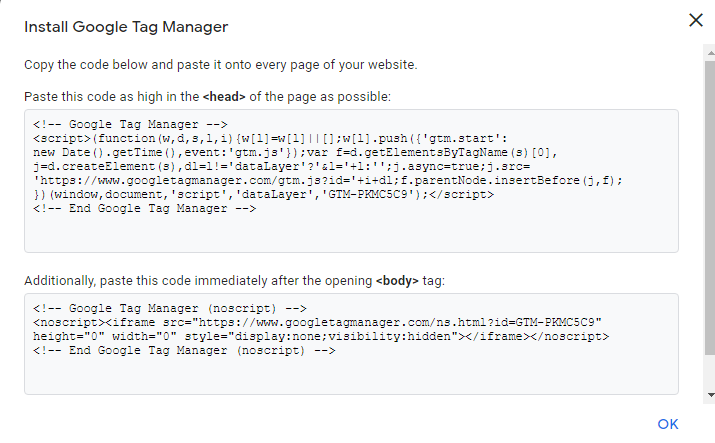
OR
Step 1: Sign into your Google Tag Account.

Step 2: Create your first tag.
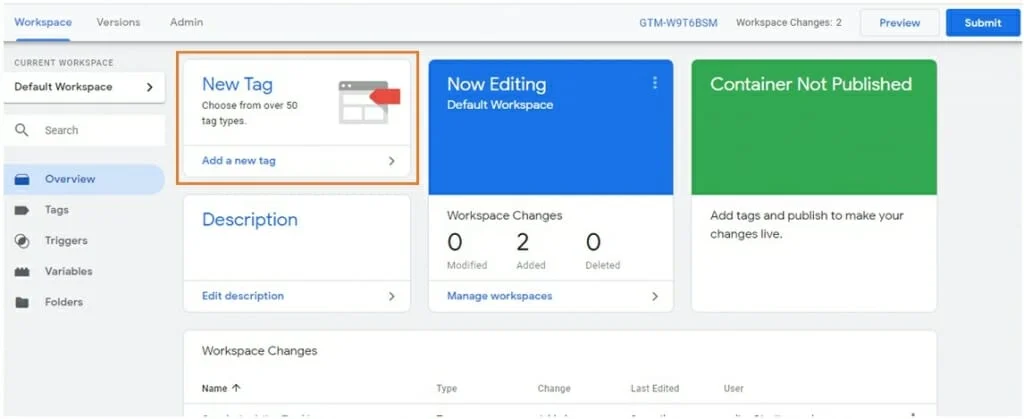
Step 3: Choose the GA – Universal Analytics tag type for your container.
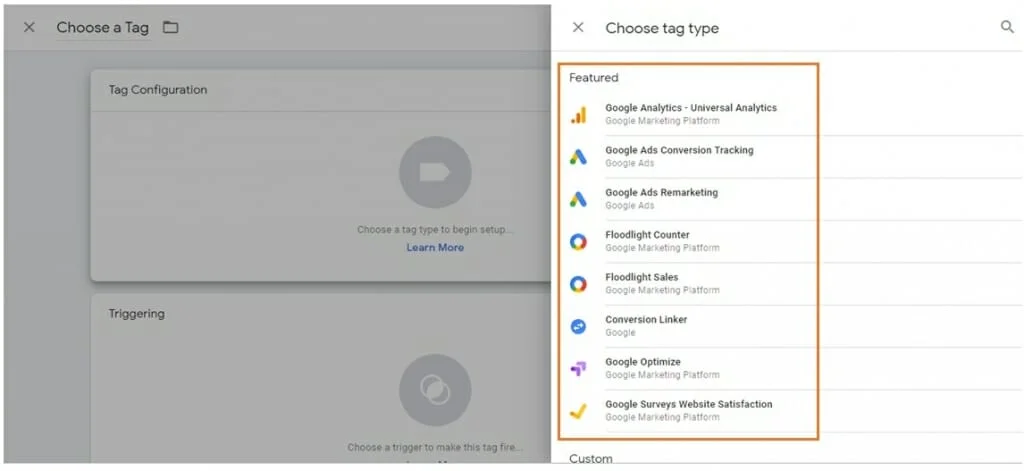
Step 4: Choose a trigger for your tag.
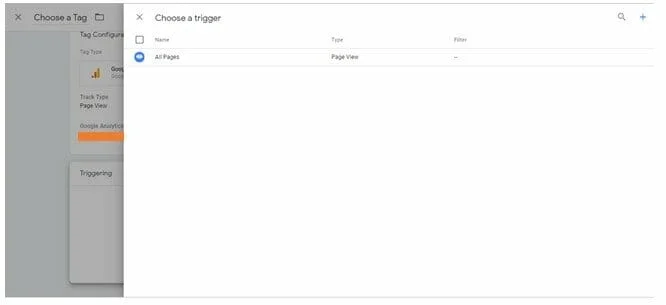
Step 5: Publish the GTM container.
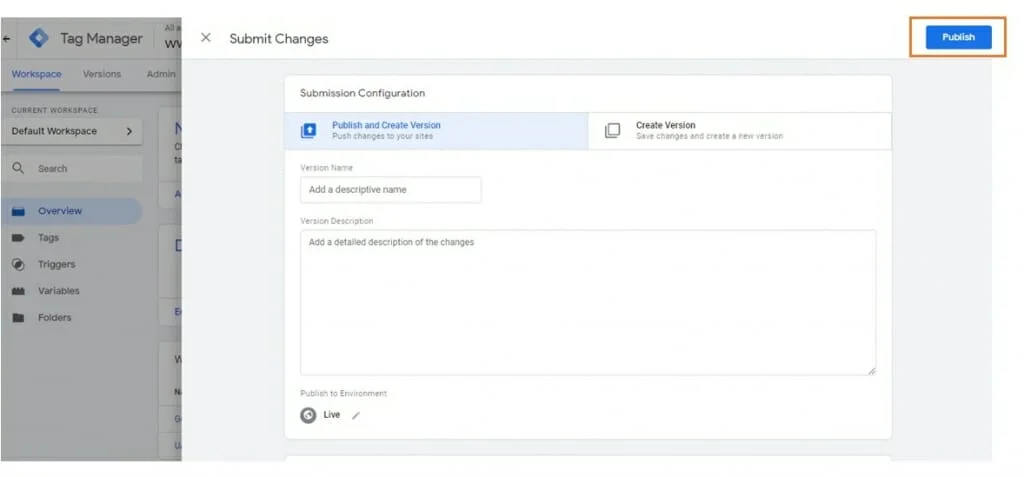
Conclusion
GTM eliminates the hassle of hard coding tags, so that businesses and marketing teams can move faster. It makes advanced tracking requirements a breeze and can help improve website speed which will contribute to your website’s ranking in the search results page. It is a sensible centralisation strategy for businesses to manage their website analytics.


